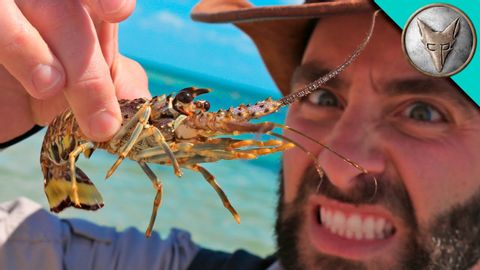SPIKY海の生き物たち! (SPIKY Sea Creatures!)
林韋志 が 2021 年 01 月 14 日 に投稿  この条件に一致する単語はありません
この条件に一致する単語はありませんUS /ɪnˈkrɛdəblɪ/
・
UK /ɪnˈkredəbli/
- adv.信じられないことに;信じられないほど;信じられないほど;驚くほど
US /ɪˈmædʒɪn/
・
UK /ɪ'mædʒɪn/
US /ˈkepəbəl/
・
UK /'keɪpəbl/
エネルギーを使用
すべての単語を解除
発音・解説・フィルター機能を解除

